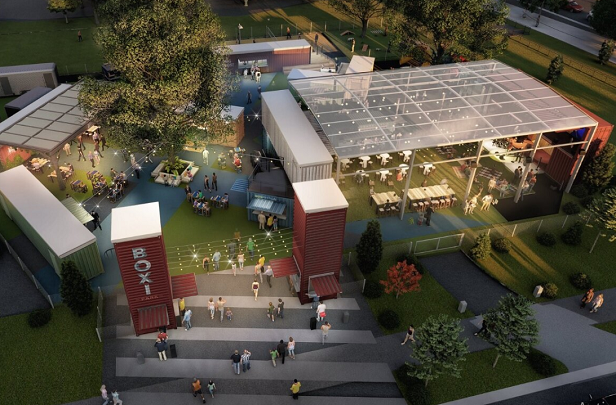NEW YORK—The national affordable housing crisis continues to worsen, making it impossible for the lowest-income segment of our population to pay rent and make ends meet.
Today, over 8 million struggling American households spend more than half their income on rent or live in inadequate conditions. Just last month, the Department of Housing and Urban Development reported that homelessness rose 2.7 percent from 2018 to 2019.
Municipalities are experiencing the impact of the affordable housing crisis and are seeking solutions.
Here are three reasons that container-based construction can help mitigate our nationwide housing crisis, one shipping container at a time.
It's More Affordable
Compared to traditional forms of construction, container-based building reduces the costs of planning, engineering, and construction. In fact, it yields up to 20% in overall cost savings compared to traditional construction.
What's more? Container-based building raises rental income, since the delivery speed of a given structure is higher.
It's More Sustainable
Container-based building is also greener than standard modes of construction, which helps prevent the displacement of people due to natural disasters.
Worldwide, there are roughly 30 million unused shipping containers. By repurposing these existing containers into new living and working environments, we offset a building's carbon footprint and use less natural resources – because the basis for our product is a recycled material.
Further, these repurposed shipping containers – which are maritime-grade structures — offer a higher quality of building. Composed of highly resilient steel, the containers meet or exceed most building specifications and are LEED-certifiable.
It's Faster
Finally, container-based construction allows quicker completion and delivery to market.
This means that container-based construction can help meet the demand for affordable housing faster than traditional building methods.
More specifically: a standard construction cycle lasts approximately 24 months. By contrast, container-based construction is roughly 14 and a half months – or 45 percent faster.
That's a substantial difference.
Paul Galvin is Chairman and CEO of SG Blocks
© Touchpoint Markets, All Rights Reserved. Request academic re-use from www.copyright.com. All other uses, submit a request to [email protected]. For more inforrmation visit Asset & Logo Licensing.







